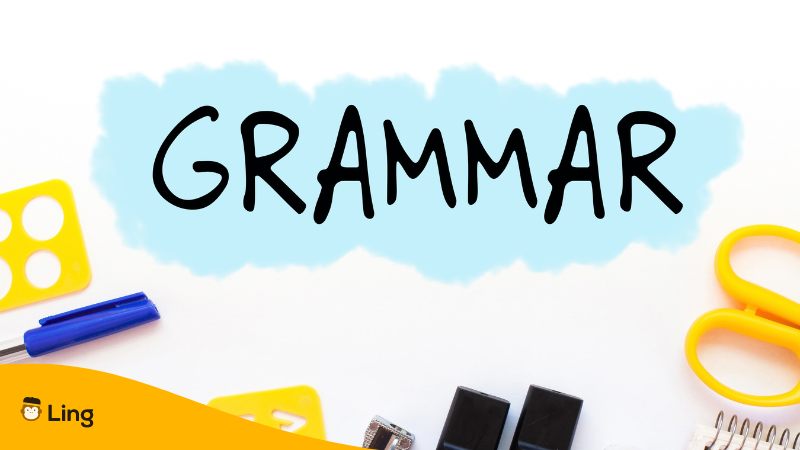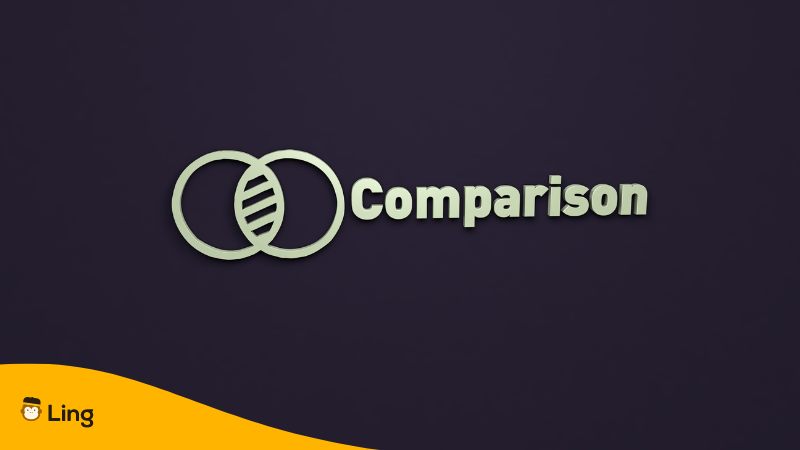Hey there, Punjabi language enthusiasts! Are you looking to enhance and improve your Punjabi writing skills and make your sentences flow smoothly? Well, look no further because we’ve got you covered! In this article, we’ll dive into the wonderful world of transition phrases in Punjabi. Transition phrases are like magic words that link your thoughts, helping you express your ideas in a more organized and cohesive manner.
Whether you’re writing an essay, an email, or simply having a conversation, these handy transition phrases will make your Punjabi language game strong. So, get ready to take your Punjabi writing to the next level with our awesome collection of transition phrases!
What Are Transition Phrases?
Transition phrases, also known as transitional words or word connectors, are essential elements in grammar that help establish smooth connections between ideas, sentences, and paragraphs. These phrases act as linguistic bridges, guiding readers or listeners through the logical flow of a text or conversation. They enable writers to signal relationships between concepts, introduce examples, contrast ideas, show cause and effect, and more.
List Of Transition Phrases In Punjabi
Transition phrases or connectors help in maintaining the flow of ideas and linking different parts of a sentence or conversation in the Punjabi language. For instance, the transition phrase “isala’ī” (therefore) is used to indicate cause and effect, such as in the sentence: Maiṁ bahuta mēhanata kītā isala’ī mainū inē cagē grēḍa milē sī (translated as ‘I worked very hard, therefore, I got such good grades’).
Based on their functions, meaning, and relationships, here are some examples of common categories of connectors used in Punjabi grammar.

#1 Addition
These are the words that express the addition of information or ideas, words such as ‘and,’ ‘also,’ ‘furthermore,’ ‘in addition,’ and so on. Let’s see the examples below:
Atē (ਅਤੇ) – the word means ‘and’ in the English language.
Example: Maiṁ pajābī paṛadā hāṁ atē agarēzī vī paṛadā hāṁ. (ਮੈਂ ਪੰਜਾਬੀ ਪੜਦਾ ਹਾਂ ਅਤੇ ਅੰਗਰੇਜ਼ੀ ਵੀ ਪੜਦਾ ਹਾਂ।)
Now, let’s translate that phrase!
Translation: I study the Punjabi language and I also study English.
Vī (ਵੀ)- it means ‘also,’ ‘too’ in English.
Example: Usanē kitāba paṛī hai, tē maiṁ vī kitāba paṛadā hāṁ. (ਉਸਨੇ ਕਿਤਾਬ ਪੜੀ ਹੈ, ਤੇ ਮੈਂ ਵੀ ਕਿਤਾਬ ਪੜਦਾ ਹਾਂ।)
Translation: He has read the book, and I have also read the book.
#2 Contrast
These words show a difference or contrast between ideas, like ‘but,’ ‘however,’ ‘on the other hand,’ ‘yet,’ etc. Let’s see the examples below:
Par (ਪਰ) – it means ‘but’ in English.
Example: Maiṁ pajābī bōla sakadā hāṁ, par hidī nahīṁ bōladā hāṁ. (ਮੈਂ ਪੰਜਾਬੀ ਬੋਲ ਸਕਦਾ ਹਾਂ, ਪਰ ਹਿੰਦੀ ਨਹੀਂ ਬੋਲਦਾ ਹਾਂ।)
Translation: I can speak Punjabi, but I don’t speak Hindi.
Tāṁ (ਤਾਂ) – it means ‘yet’ in the English language.
Example: Uha āpaṇē mōbā’īla nū khō cukā hai, tāṁ maiṁ ajē vī āpaṇē nū khōl’hi’ā nahīṁ hai. (ਉਹ ਆਪਣੇ ਮੋਬਾਈਲ ਨੂੰ ਖੋ ਚੁੱਕਾ ਹੈ, ਤਾਂ ਮੈਂ ਅਜੇ ਵੀ ਆਪਣੇ ਨੂੰ ਖੋਲ੍ਹਿਆ ਨਹੀਂ ਹੈ।)
Translation – He has lost his phone, yet I haven’t opened mine yet.

#3 Cause & Effect
These connectors indicate a cause and its corresponding effect, such as ‘because,’ ‘since,’ ‘as a result,’ ‘therefore,’ and ‘so.’ Let’s see the examples below:
Ki’uṅki (ਕਿਉਂਕਿ) – it means ‘because’ in English.
Example: Maiṁ bimāra pai gi’ā ki’uṅki maiṁ kujha burā khādhā sī. (ਮੈਂ ਬਿਮਾਰ ਪੈ ਗਿਆ ਕਿਉਂਕਿ ਮੈਂ ਕੁਝ ਬੁਰਾ ਖਾਧਾ ਸੀ।)
Translation – I fell ill because I ate something bad.
Tāṅki (ਤਾਂਕਿ) – this Punjabi word means ‘so that’ in English.
Example: Maiṁ ṭaraina uḍē tē vēlaṇa ga’ī sī, tāṅki maiṁ jaladī pahuca jānvāṁ. (ਮੈਂ ਟਰੈਨ ਉੱਡੇ ਤੇ ਵੇਲਣ ਗਈ ਸੀ, ਤਾਂਕਿ ਮੈਂ ਜਲਦੀ ਪਹੁੰਚ ਜਾਂਵਾਂ।)
Translation: I took the train so that I could reach early.
#4 Example
These are the words and phrases used to provide examples or illustrate a point, like ‘for example,’ ‘for instance,’ and ‘such as.’ Let’s see some of them below:
Udāharana vajōṁ (ਉਦਾਹਰਨ ਵਜੋਂ) – it means ‘for example’ in English.
Example: Udāharana vajōṁ, mērē kōla kitābāṁ, pēnsila atē kāgaza hana. (ਉਦਾਹਰਨ ਵਜੋਂ, ਮੇਰੇ ਕੋਲ ਕਿਤਾਬਾਂ, ਪੇਂਸਿਲ ਅਤੇ ਕਾਗਜ਼ ਹਨ।)
Translation: For example, I have books, pencils, and paper with me.
Jivēṁ ki (ਜਿਵੇਂ ਕਿ) – it means ‘such as’ in the English language.
Example: Uha narama phala khāndā hai, jivēṁ ki āma, kēlā ādi. (ਉਹ ਨਰਮ ਫਲ ਖਾਂਦਾ ਹੈ, ਜਿਵੇਂ ਕਿ ਆਮ, ਕੇਲਾ ਆਦਿ।)
Translation: He eats soft fruits such as mangoes, bananas, etc.
#5 Time & Sequence
These connectors indicate the order or sequence of events, such as ‘first,’ ‘next,’ ‘then,’ ‘afterward,’ ‘finally,’ and so on. Let’s see the examples below:
Pahilāṁ (ਪਹਿਲਾਂ) – it means ‘first’ in English.
Example: Pahilāṁ maiṁ khāṇā khāndā hāṁ, phira maiṁ paṛadā hāṁ. (ਪਹਿਲਾਂ ਮੈਂ ਖਾਣਾ ਖਾਂਦਾ ਹਾਂ, ਫਿਰ ਮੈਂ ਪੜਦਾ ਹਾਂ।)
Translation: First, I eat, and then I study.
Bā’ada (ਬਾਅਦ) – Meaning ‘later’ in English.
Example: Maiṁ samōsē baṇā’undā hāṁ atē bā’ada vica khā laindā hāṁ. (ਮੈਂ ਸਮੋਸੇ ਬਣਾਉਂਦਾ ਹਾਂ ਅਤੇ ਬਾਅਦ ਵਿੱਚ ਖਾ ਲੈਂਦਾ ਹਾਂ।)
Translation: I make samosas, and later I eat them.

#6 Comparison
These transition phrases are used to compare or draw similarities between ideas. ‘Like,’ ‘similarly,’ ‘in the same way,’ ‘just as,’ etc., are some of them. Let’s see the example sentence below:
Bilakula (ਬਿਲਕੁਲ) – it translates to ‘absolutely’ or ‘exactly.’
Example: Tusīṁ bilakula mērē bharā varagē lagadē hō. (ਤੁਸੀਂ ਬਿਲਕੁਲ ਮੇਰੇ ਭਰਾ ਵਰਗੇ ਲੱਗਦੇ ਹੋ।)
Translation: You look exactly like my brother.
#7 Conclusion
These connectors signal a conclusion or summarize ideas, such as ‘in conclusion,’ ‘to sum up,’ ‘in summary,’ ‘overall,’ etc. Let’s see the example below:
Aḵẖarakāra (ਅਖ਼ਰਕਾਰ) – it means ‘finally,’ ‘at last,’ or ‘after all’ in English.
Example: Aḵẖarakāra, uha sōcaṇa dā samāṁ mila gi’ā. (ਅਖ਼ਰਕਾਰ, ਉਹ ਸੋਚਣ ਦਾ ਸਮਾਂ ਮਿਲ ਗਿਆ।)
Punjabi translation: At last, he had time to think.
Learn Punjabi With Ling
The Ling app makes mastering a new language a thrilling adventure! With a gamified interface, Ling turns language learning into an addictive and enjoyable experience. Explore over 60 languages at your fingertips and embark on bite-sized lessons that fit perfectly into your busy schedule.
Immerse in deep learning and reinforce your knowledge with fun quizzes that keep you engaged and motivated throughout your learning journey. Immerse yourself in the new language with audio exercises delivered in the captivating voice of native speakers.
Whether you’re a beginner or an advanced language learner, Ling caters to your individual needs and ensures rapid progress. Don’t miss out on the chance to unlock a world of opportunities through language learning. Go to Google Play Store or App Store, download the Ling app now, and embark on an unforgettable linguistic adventure!



































































